Refined Sugar vs. Natural Sugar: How Your Body Responds
I eat a lot of fruit, like a lot. To the point where, before I understood how my body processes different foods, I was concerned about my sugar intake. Is eating sugary fruits comparable to a piece of candy? It’s not.
First, you have to understand what sugar is. It’s a simple carbohydrate that your body uses for energy. That’s right, sugar is a carb. It’s one of the three main types of carbohydrates — the other two being starch and fiber. These two are complex carbohydrates.
When you eat sugar, whether refined or natural, your body breaks it down into the simplest molecules. However, not all of these simple sugar molecules are metabolized the same way.
What is Refined Sugar?
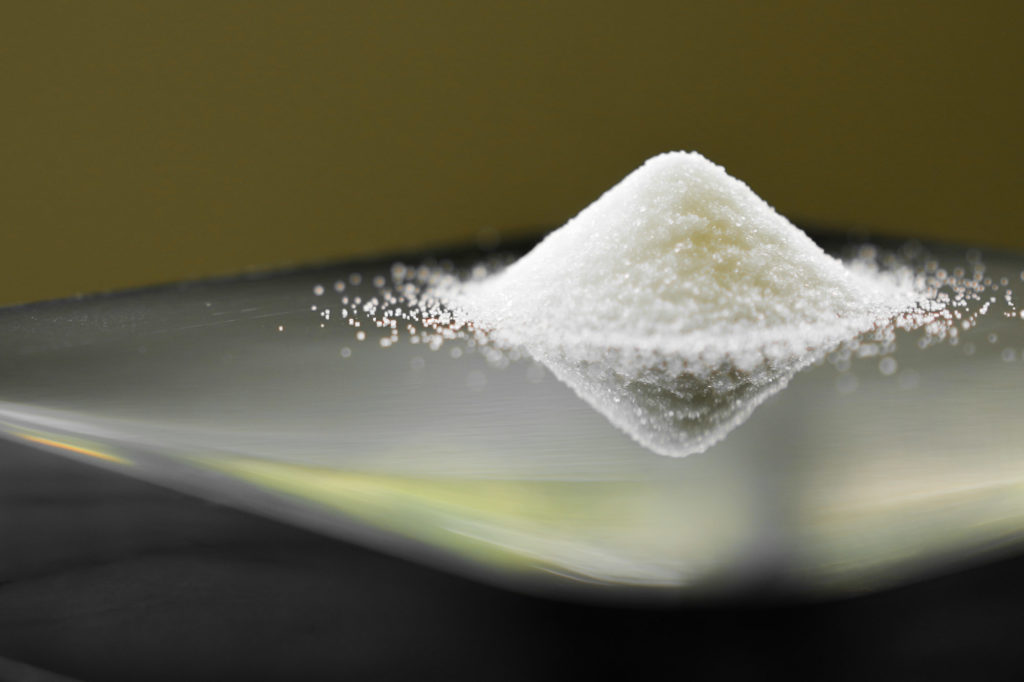
Refined sugar is created when natural sugar is extracted from foods (ex. sugar cane) and then processed. For example, white sugar (also known as table sugar) is made from refining sugar cane or sugar beets. High fructose corn syrup is processed from corn starch. Other common refined sugars include brown sugar, molasses, confectioners sugar, and coconut sugar.
Refined sugar has little nutritional value, meaning that it’s empty calories. It’s often added to foods and drinks that are also heavily processed and low in nutrients. Think soda, candy ice cream, and salad dressing. Not only is it nutrient-poor, your body processes it quickly, which causes your blood sugar to spike and then drop. Because blood sugar drops, you may feel fatigued.
Excess consumption of sugar has also been linked to health issues such as cardiovascular disease, obesity, diabetes, and high blood pressure.
What is Natural Sugar?
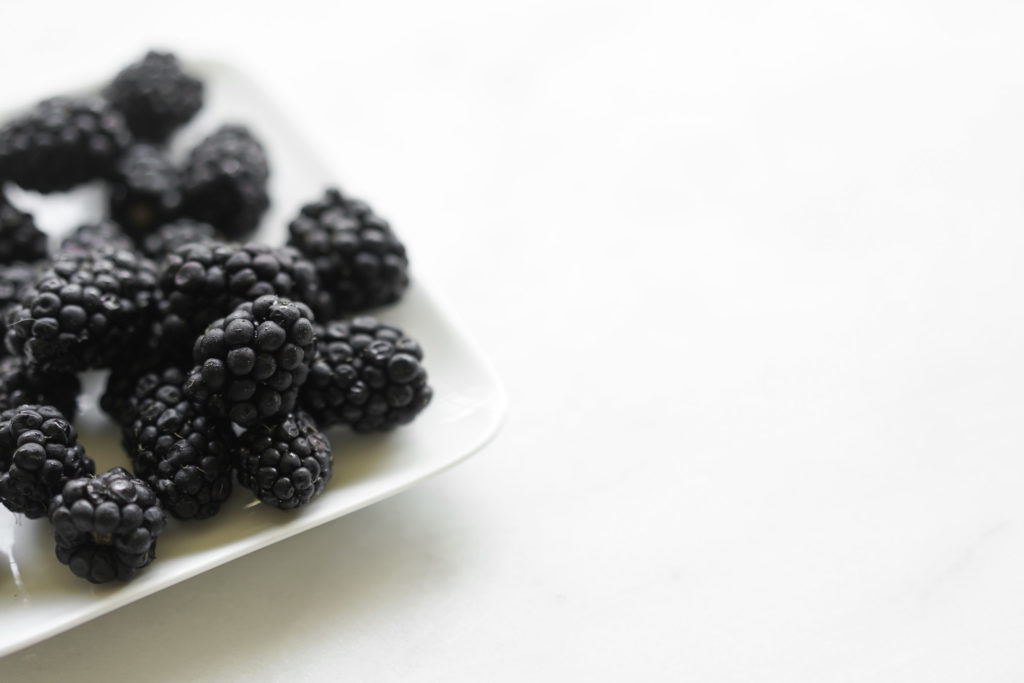
Natural sugar is sugar that naturally occurs in foods. For example, fructose in fruit or lactose in dairy products. These foods have other nutrients like fiber and protein that help slow digestion and therefore the absorption of sugar. Because of this, blood sugar doesn’t spike as immediately as when eating refined sugar, giving you longer-lasting energy.
However, not all foods that contain natural sugars are high in other nutrients. For example, maple syrup and honey are technically natural sugars, but they’re high in sugar and calorie and low in nutrient content, unlike fruit.
What is Added Sugar?

Added sugar is just what it sounds like — any sugar that is an added ingredient. Natural sugars can be considered added sugar. For example, if honey is added to your coffee as a sweetener, it’s considered an added sugar.
When looking at a nutrition label, the grams of sugar listed are a combination of added and natural sugar, so it may be difficult to differentiate how much comes from each.
Types of Sugar Molecules and How the Body Uses Them
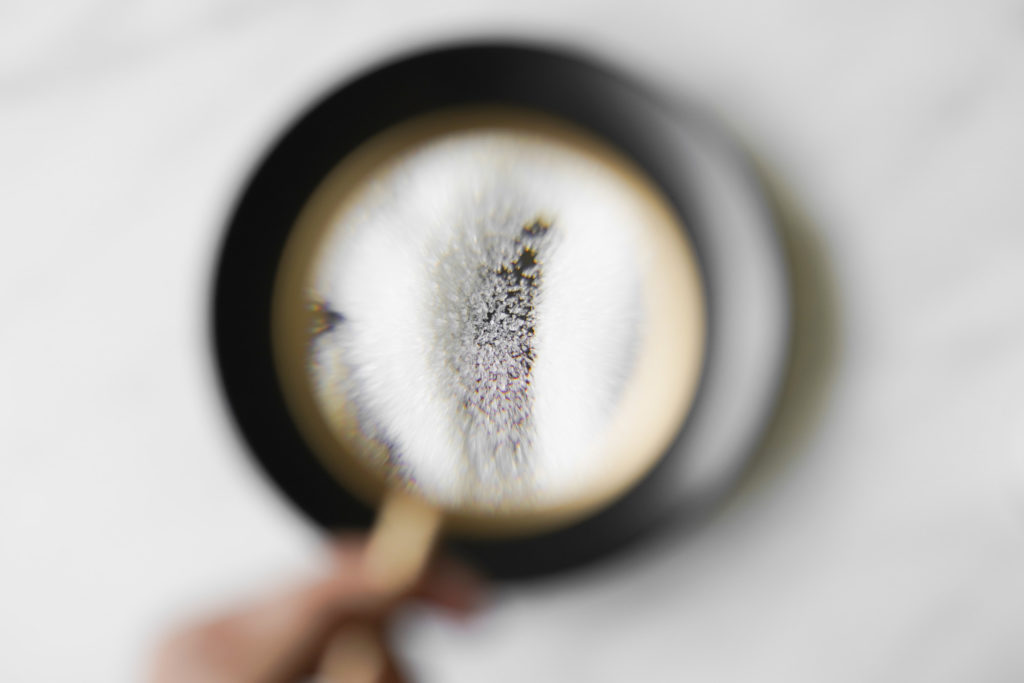
As mentioned, sugars are simple carbohydrates — they consist of either one sugar molecule (monosaccharide) or two molecules linked together (disaccharide). Monosaccharides include glucose, fructose, and galactose. Disaccharides include sucrose (glucose + fructose) and lactose (galactose + fructose).
See a trend? They all end in -ose. When looking at nutritional labels this will help you identify sugars like dextrose, which is refined.
Keep in mind that one food can have multiple types of sugar molecules. For example, honey’s sugar contents include 50 percent fructose, 44 percent glucose, and small amounts of sucrose and other sugar molecules.
No matter if you ingest refined sugar or natural sugar, the body will break down the sugar molecules into monosaccharides before they can be used for energy or stored as fat.
Once they are broken down, glucose, fructose, galactose cross into the bloodstream. However, the body does not respond to each the same way.
Glucose
Glucose, also known as blood sugar, rises after you eat. This causes the pancreas to release inulin, which allows the organs and cells to use the glucose as energy. As glucose is used, blood sugar decreases. Any glucose that is not used is stored in the liver or muscles as glycogen. If enough glycogen is stored, the glucose is converted into fat.
When more energy is needed, glycogen in the liver can be converted to glucose. Glycogen in the muscles isn’t available for immediate use as it must be converted into lactic acid, go to the liver, and then be converted into glycogen or glucose.
Glucose is commonly found in bread and pasta. It’s also present in anything that contains table sugar (sucrose).
All sugar molecules must be converted to glucose before they can be used for energy.
Galactose
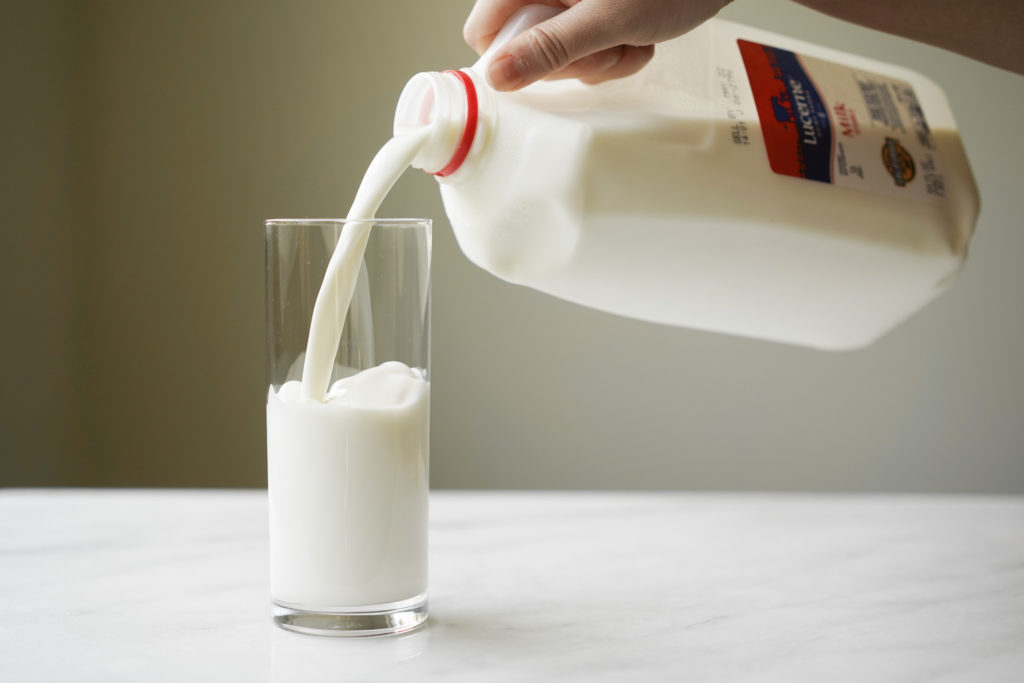
Galactose primarily comes from the disaccharide lactose in dairy products like milk or cheese. Before it can be used for energy, it must pass through the liver to be converted to glucose (specifically glucose-6-phosphate).
Fructose
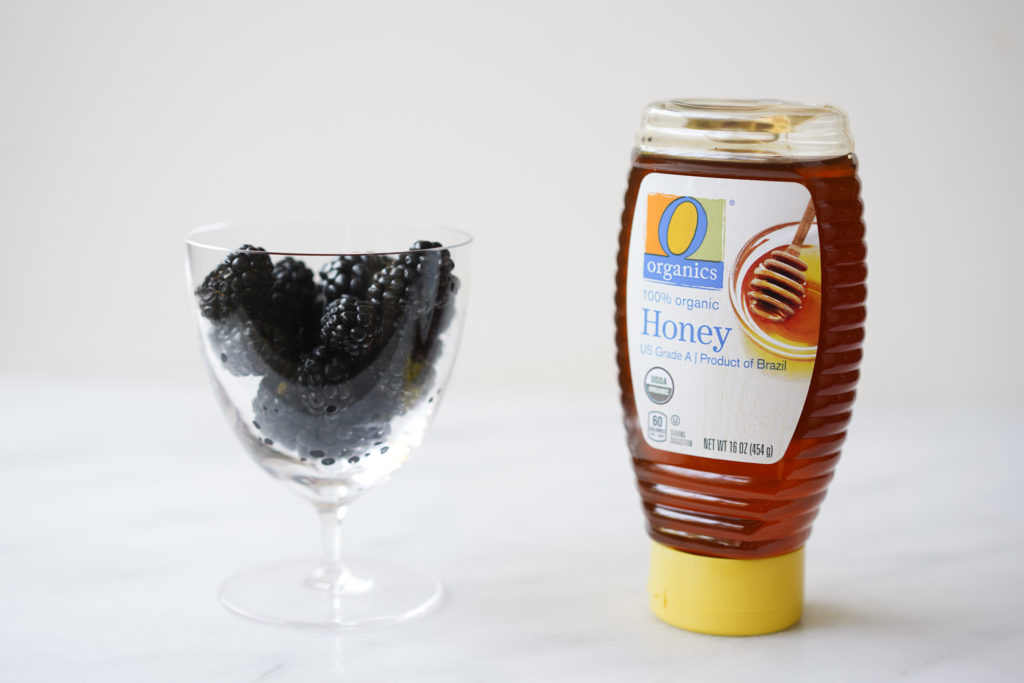
Fructose, sometimes referred to as the “fruit sugar,” occurs naturally in foods like fruit, honey, and agave. It’s also present in refined sugar like the disaccharide sucrose (fructose + glucose) and high fructose corn syrup. It’s sweeter tasting than other types of sugar.
When fructose enters the bloodstream, it can’t be used immediately like glucose can, so it doesn’t cause your blood sugar to spike. It also doesn’t cause the pancreas to release insulin. Before it can be used, fructose has to be processed and metabolized by the liver, where it may be turned into glucose or glycogen.
If the body does not need more glucose and the liver can’t store more glycogen, enzymes will convert fructose to triglycerides and fatty acids, among other things, leading to fatty liver and plaque build up in your arteries. Fructose, unlike glucose, does not stimulate the production of leptin, which helps your brain understand when you are full.
Because fructose is more difficult to process and, if eaten in excess, can contribute to high blood pressure, heart disease, diabetes, fatty liver, and other health issues, you’ll want to make sure to consume fructose in moderation.
Fruit is somewhat of an exception. For most people, fruit is a good source of nutrients and does not contain enough fructose to be concerning. If you’re sensitive to sugar or want to lower the amount of fructose you consume, be sure to understand low sugar vs. high sugar fruits. Be wary of dried fruits, which are often high in sugar. Even if dried fruit doesn’t contain added sugar, because the fruit is concentrated it’s easy to eat a higher volume than you would if you were eating it fresh.
How Much Sugar is Too Much?
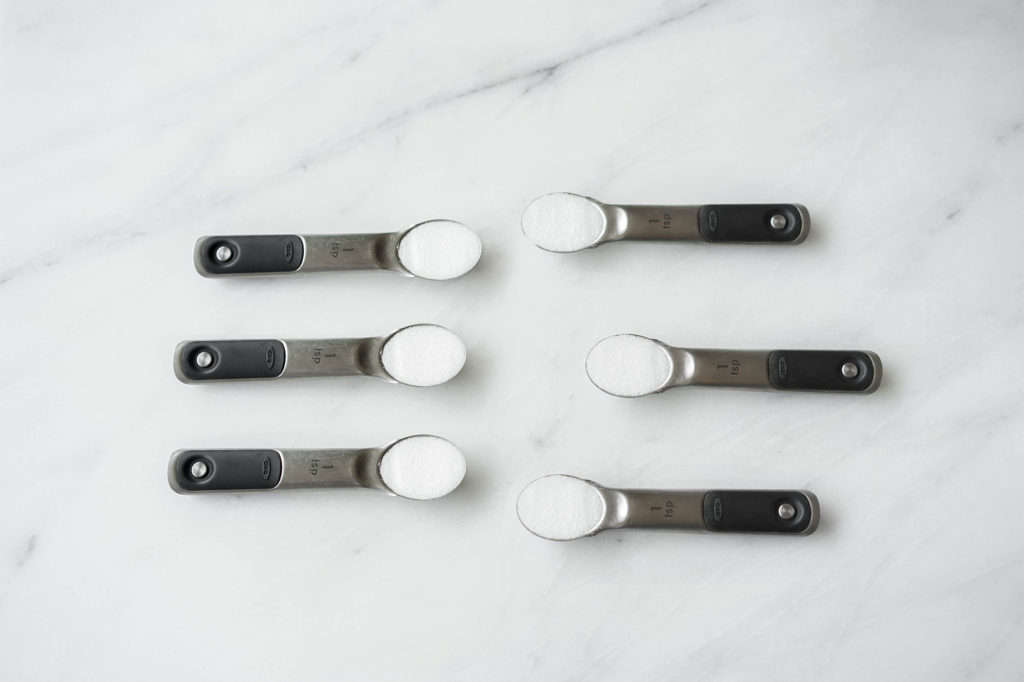
The American Heart Association recommends that men consume no more than 9 teaspoons (36 grams) or added sugar per day, and women consume no more than 6 teaspoons (25 grams). To put it in perspective, a can of Coke has 39 grams of added sugar.
The World Health Organization recommends that sugars are no more than 10% of daily energy intake, with below 5% being more beneficial. If you eat a 2000 calorie diet, 10% is no more than 200 calories from any type of sugar and 5% is no more than 50.
While how much sugar your body needs will depend on factors like your size, gender, and activity level. Remember, sugar is a form of energy, but you should opt for natural sugars found in nutrient-dense foods and limit consumption of refined sugars. Choosing foods with natural sugar and a low glycemic index will help you feel full for longer and help blood sugar levels rise at a slow and steady pace vs. spiking and crashing.
How to Reduce Refined Sugar Consumption
While natural sugar is better than refined sugar, sometimes (often) your sweet tooth calls and you have to answer it. As with most things, moderation is key:
- Know the secret names for sugar. It’s obvious when you look at a nutrition label how many grams of sugar there are, but what kind of sugar is it? Familiarize yourselves with the many different names for sugar including corn sweetener, high fructose corn syrup, and the -ose terms (dextrose, maltose, etc.).
- Use dressings and sauces in moderation. It’s easy to douse your salad in dressing or smother your hot dog in ketchup, but beware that sugar in sauces can add up quickly! Two tablespoons of ketchup is already eight grams.
- Limit consumption of packaged and processed foods. These are often loaded with refined sugar.
- Avoid sugar drinks. One serving of soda can have over 30 grams of sugar and cold brew can have over 20 grams depending on the type and brand. Check the nutritional label.
- Beware of added sugars, even if they’re natural. A drop of honey in coffee has to be good for you, right? It’s natural. While honey may be a healthier alternative to refined sugar, one tablespoon still has 17 grams and 64 calories. Make sure to use in moderation.
What’s the bottom line?
Sugar is used for energy and your body needs it, but choosing the right kind of sugar is key. Be wary of added sugars and processed foods, reaching for whole foods that contain natural sugars when possible.
Personally, I try to limit processed foods and cook meals from whole ingredients, but I do love a piece of dark chocolate or fudgey bowl of ice cream. Instead of prohibiting myself from eating these things, I’ll consume them in moderation. I’m notorious for standing in the freezer eating a spoonful or two of ice cream to quench my craving, but whatever works, right?
You must be logged in to post a comment.